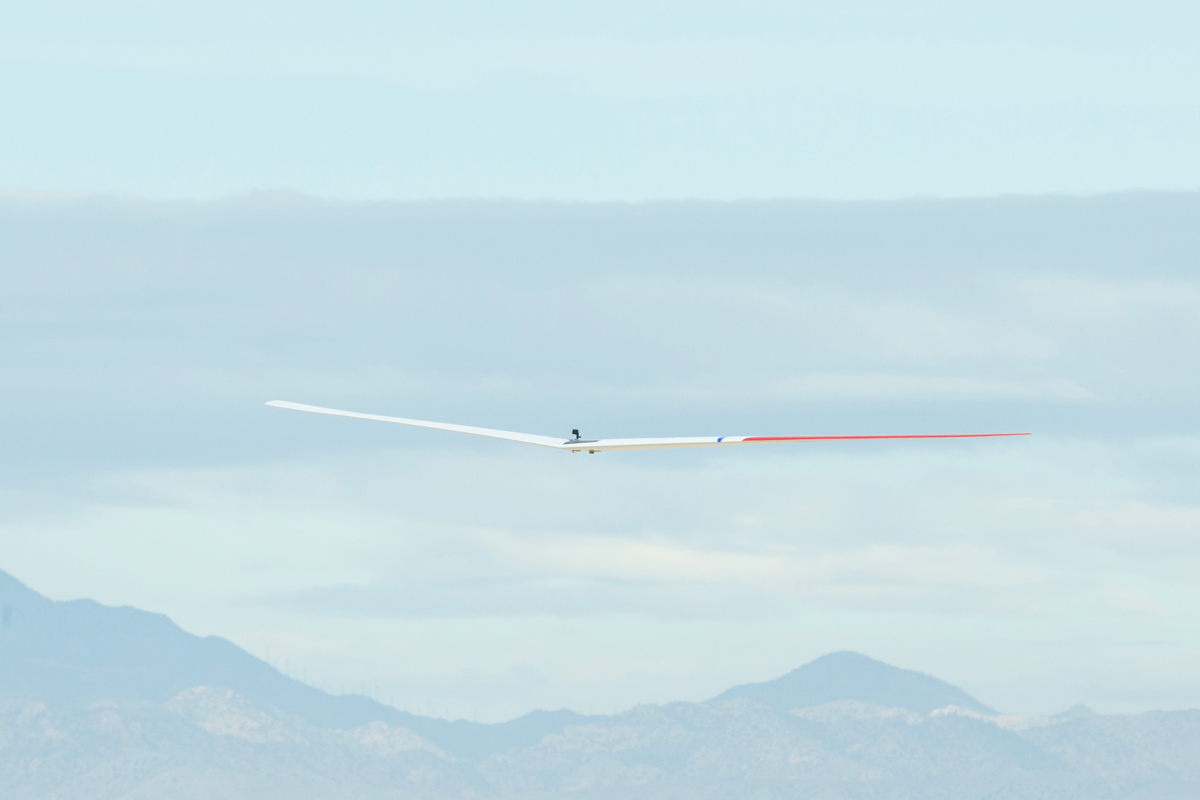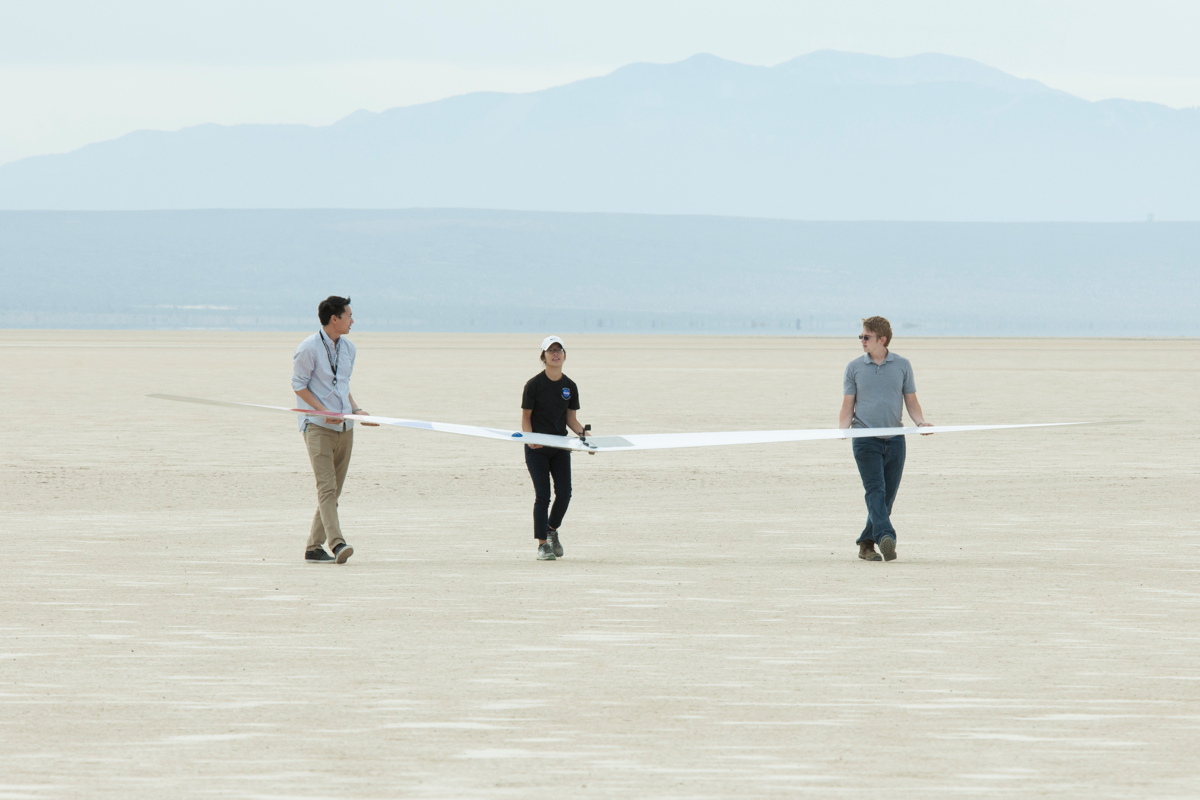NASA's Innovative Drone Glider Prototype Aces Test Flight

A remotely piloted aircraft achieved an important research milestone last month when a subscale "flying wing" glider successfully completed a series of flight tests.
The remotely piloted glider prototype is the third iteration of the Preliminary Research Aerodynamic Design to Lower Drag (Prandtl-D No. 3) aircraft. Previously, development on this concept led to some preliminary work on a NASA glider for Mars called Preliminary Research Aerodynamic Design to Land on Mars (Prandtl-m), designed with the idea that it could sail through the thin atmosphere of the Red Planet.
"[Prandtl-D No. 3] flew beautifully," Albion Bowers, NASA Armstrong chief scientist and Prandtl-D project manager, said in a statement from the agency about the Oct. 28 flights.
The Prandtl-D No.3's design is slightly different from that of the first two Prandtl-D aircraft, Bowers said. The shape of the glider wing features a twist that "could lead to an 11-percent reduction in fuel consumption," NASA officials said in the statement.
"Next, we would like to get the University of Minnesota data-collection system onboard and fly it a few times," Bowers said.
Researchers put Prandtl-D through its paces three times at NASA's Armstrong Flight Research Center in California. The aircraft made it to about 160 feet (49 meters) on its first flight and as high as 210 feet (64 m) during the next two flights. Its longest flight time was 2 minutes, 55 seconds.
Prandtl-D No. 3 has a 25-foot (7.6 m) wingspan — more than double the wingspans of previous versions. Despite its larger wingspan and weight, the "wing loading" — the relationship between its weight and its wing area — is about half those of previous prototypes. According to Robert "Red" Jensen, the Prandtl-D chief pilot, this lower wing loading makes the glider "very, very nice; very majestic; and very stable" during flight.
Breaking space news, the latest updates on rocket launches, skywatching events and more!
Light, remotely piloted aircraft have been discussed as an efficient way to move around Mars, but the challenge is that the Red Planet's atmosphere is much thinner than that of Earth. Prandtl-m, if it ever flies on Mars, is envisioned to fly for about 10 minutes through the Martian atmosphere after separating from a parent spacecraft. It would get high-resolution pictures of the planet's surface from a much closer range than a satellite could, NASA officials have said.
NASA also hopes the research on Prandtl-D could increase the fuel efficiency of aircraft on Earth. The wing is designed to imitate how a bird flies, making it possible to remove aircraft tails — a major source of drag on aircraft.
The carbon fiber, foam and fiberglass prototype was launched by a bungee cord on Oct. 28. NASA is considering releasing Prandtl-D from a remotely controlled tow plane in future testing.
Follow Elizabeth Howell @howellspace. Follow us @Spacedotcom, Facebook and Google+. Original article on Space.com.

Elizabeth Howell (she/her), Ph.D., was a staff writer in the spaceflight channel between 2022 and 2024 specializing in Canadian space news. She was contributing writer for Space.com for 10 years from 2012 to 2024. Elizabeth's reporting includes multiple exclusives with the White House, leading world coverage about a lost-and-found space tomato on the International Space Station, witnessing five human spaceflight launches on two continents, flying parabolic, working inside a spacesuit, and participating in a simulated Mars mission. Her latest book, "Why Am I Taller?" (ECW Press, 2022) is co-written with astronaut Dave Williams.


